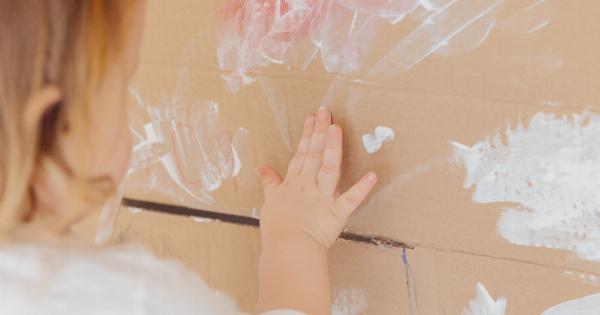Air pollution is a grave concern that affects individuals of all ages, but its impact on early childhood lung development is particularly significant.
The delicate and vulnerable respiratory systems of young children are especially susceptible to the harmful effects of air pollutants. In this article, we will delve into the various aspects of air pollution and its detrimental consequences on the lung development of young children.
The Role of Air Pollutants
Air pollutants encompass a wide range of substances, such as particulate matter (PM), nitrogen dioxide (NO2), sulfur dioxide (SO2), ozone (O3), and volatile organic compounds (VOCs).
These pollutants are predominantly released from vehicle emissions, industrial activities, and the burning of fossil fuels. When inhaled, these harmful substances can penetrate deep into the lungs and cause significant damage to the respiratory system.
Effects on Respiratory Health
Exposure to air pollution during early childhood can have severe consequences for respiratory health.
Studies have shown that children living in heavily polluted areas often experience reduced lung function and increased respiratory symptoms, such as coughing, wheezing, and shortness of breath. The long-term effects of air pollution on lung development can even lead to the development of chronic respiratory conditions, such as asthma.
Impaired Lung Growth
Air pollution can impede the normal growth and development of children’s lungs. In areas with high levels of air pollutants, children often face stunted lung growth, which can persist into adulthood.
The detrimental impact of air pollution on lung development can limit the maximum potential lung capacity, thereby increasing the risk of respiratory disorders later in life.
Exposure during Pregnancy
It is crucial to acknowledge that the effects of air pollution on lung development begin even before a child is born. Maternal exposure to air pollutants during pregnancy has been linked to adverse outcomes in offspring.
Studies suggest that exposure to high levels of air pollution during pregnancy increases the risk of preterm birth, low birth weight, and impaired lung development in infants.
Regional Disparities
Air pollution levels vary considerably across different regions. Urban areas and industrial zones tend to have higher levels of air pollutants due to increased human activity and emissions.
As a result, children growing up in these areas are at a greater risk of developing respiratory problems compared to those in less polluted rural regions. Efforts must be focused on reducing air pollution and minimizing regional disparities to ensure healthy lung development for all children.
Indoor Air Quality
Apart from outdoor air pollution, indoor air quality also plays a crucial role in early childhood lung development. Indoor pollutants, such as tobacco smoke, cooking emissions, and building materials, can significantly impact respiratory health.
Children who spend a substantial amount of time indoors, such as in daycare centers or schools, may be exposed to higher levels of indoor air pollutants.
The Importance of Prevention
Given the immense impact of air pollution on early childhood lung development, effective prevention strategies are crucial.
Implementing stringent regulations to reduce industrial emissions, promoting the use of alternative energy sources, and encouraging sustainable transportation can all contribute to significant improvements in air quality. Additionally, raising awareness about the importance of clean air and advocating for the creation of green spaces can help protect the respiratory health of young children.
Protective Measures
While efforts to reduce air pollution are underway, there are also measures individuals can take to mitigate their exposure.
Using air purifiers, maintaining good indoor ventilation, and avoiding areas with heavy traffic can help minimize exposure to harmful pollutants. Engaging in regular physical activity and adopting a healthy lifestyle can also strengthen lung health and reduce the impact of air pollution.
Educational Campaigns
Education plays a vital role in tackling air pollution.
By raising awareness about the detrimental effects of air pollution on early childhood lung development, educational campaigns can empower parents, caregivers, and communities to take necessary actions to protect young children. Teaching children about the importance of clean air and simple steps they can take, such as planting trees and reducing emissions, can pave the way for a healthier future.
Conclusion
Air pollution poses a significant threat to early childhood lung development. The harmful effects of air pollutants on the respiratory systems of young children can lead to lifelong health consequences.
It is essential to address this issue urgently, implementing preventive measures, reducing emissions, and promoting clean air initiatives. By safeguarding the lung health of our children, we can ensure a brighter and healthier future.




























